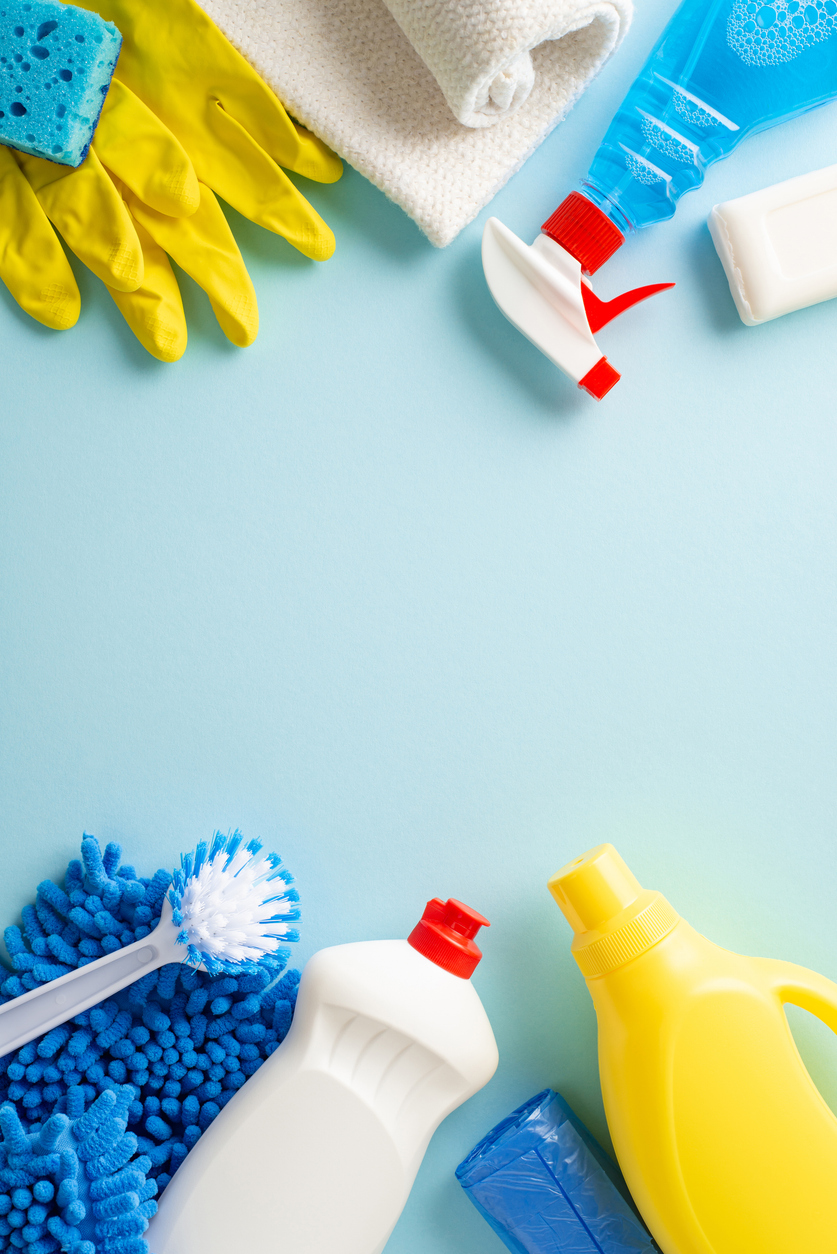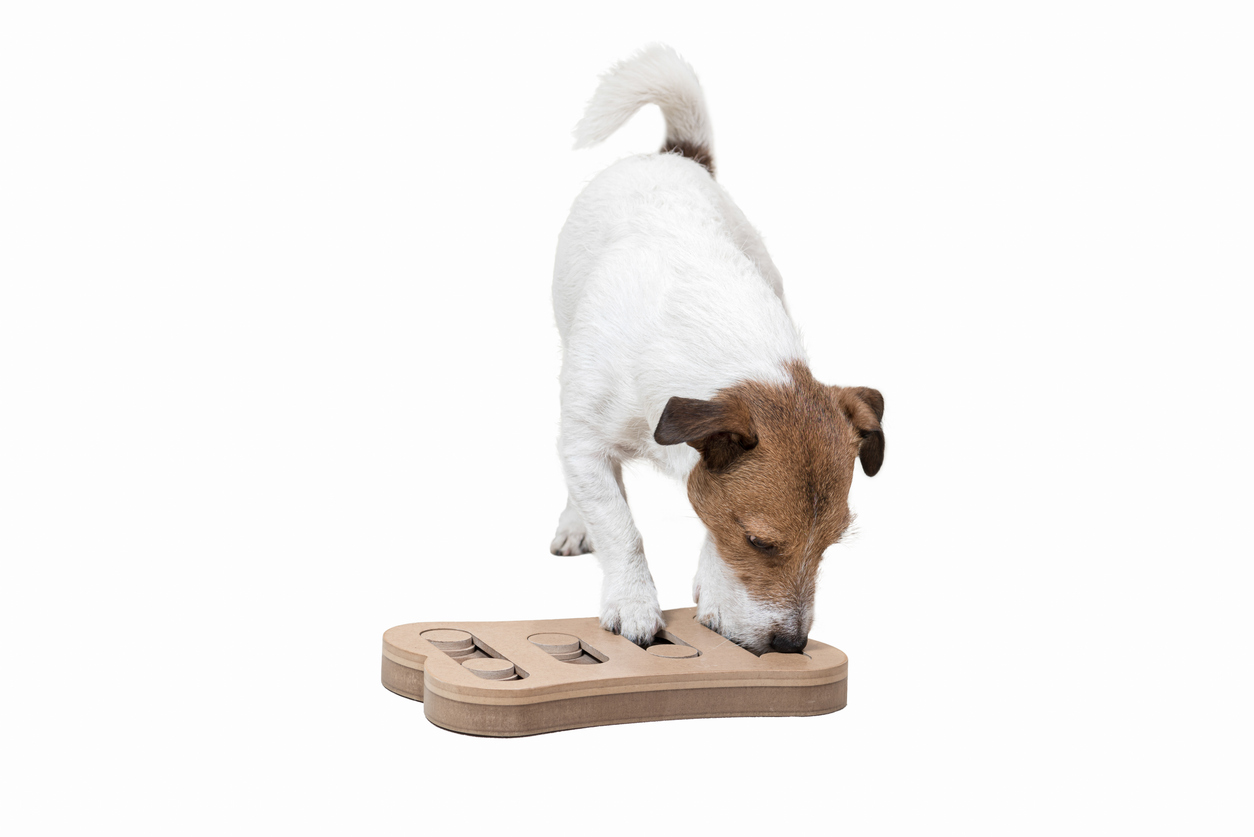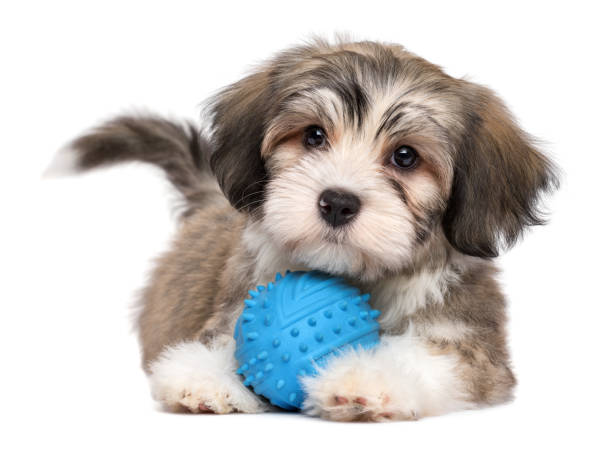Understanding Quarantine and Isolation Practices in Dog Kennels
Although the two terms are often confused, quarantine and isolation are not the same! The goal of both is to prevent the spread of disease in your kennel.
Quarantine: Separating animals who have unknown health status and may be carrying a contagious disease. This includes new arrivals to your kennel and animals who are likely or definitely exposed to a contagious disease. Quarantine is PREVENTATIVE.
Isolation: Separating animals who are suspected or known to be carrying a contagious disease. They may have signs or are confirmed to have the disease.

Animals with contagious diseases should not be housed in the general kennel population. Kennels should have a veterinarian-approved protocol for separating sick animals from healthy animals.
Diseases can spread through exposure to bodily fluids, contact with contaminated surfaces, through animal vectors (e.g., insect bites), and from respiratory droplets or aerosols (airborne disease).
Disease Prevention
- All dogs should have a veterinary exam, fecal exam, and brucellosis test upon arrival to your kennel.
- Visually inspect all dogs daily for any signs of illness.
- Make sure your dogs have their core vaccines and any others recommended by your veterinarian.

Cleaning Kennels
- All kennel areas should have surfaces that can easily be cleaned and disinfected. Other materials, such as bedding and bowls, should be disposable or able to be sanitized.
- Remove waste (urine and feces) from kennels daily.
- Clean food dishes daily and clean/disinfect automatic waterers/feeders at least weekly.
- Disinfectants must be used correctly (as indicated on the label) to be safe and effective. For more information, see our handout “Managing Germs in the Kennel Environment.”
Caring for Dogs in Isolation or Quarantine
- Limit the number of people visiting/working with dogs in quarantine or isolation.
- Biosafety protocols, such as gloves, gowns, and shoe covers may be necessary when caring for dogs in isolation.
- Care for healthy dogs first, then dogs in quarantine, and then dogs in isolation.
- Use separate cleaning materials for quarantine and isolation areas.
Quarantine and isolation areas should be away from other dogs: ideally in a separate building.
Quarantine and isolation areas should have separate air flow/exhaust systems from other housing.

Your quarantine and isolation areas must still meet your dogs’ welfare needs!
space * exercise * enrichment

Topic(s): Bare Bones Basics, Breeder Resource, Environment, Environmental Management and Monitoring, Hygiene